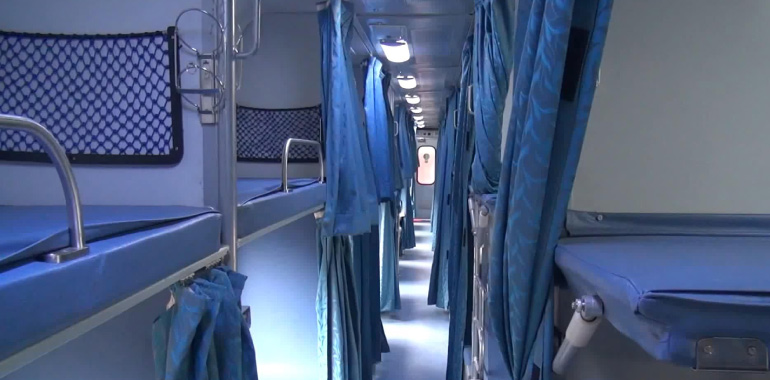The Indian Railways operates the fourth largest transport network in the world, carrying 8.26 billion passengers and transports 1.16 billion tons of freight yearly as of the fiscal year 2018. In a country that is so vast and diverse, Indian Railways unites the nation by making it easier for Indians to travel through the length and breadth of the country. However, Indian Railways operated like a socialist era institution for decades and coaches and platforms used to be filthy and unhygienic. Before Modi government started cleanliness drive, the Indian Railways was among the dirtiest public transport systems in the world.
Railways started ‘Swachh Rail Swachh Bharat’ Campaign under the Swachh Bharat Mission to clean the mammoth network of public transport. The mission was to provide a cleaner environment to tourists by faster decision making and improved sanitation and cleanliness. The steps that were taken for this include, the implementation of mechanized cleaning, bio-toilets, enhanced onboard housekeeping, and better surveillance systems for improved hygiene. As per ‘Swachh Rail Swachh Bharat Cleanliness Report 2018’, there has been 17.6 percent improvement in cleanliness scores of A1 and A standard stations in comparison to 2017. In terms of zonal performance, 6 zones have improved their cleanliness score by 20 percent in comparison to last year.
Before 2014, the main problem in cleanliness was a poor feedback mechanism. Modi government brought a third party audit concept for transparent feedback. So far, 210 trains and 407 railway stations have been evaluated on cleanliness measures by the Quality Council of India. The third-party assessment of cleanliness has removed the obvious biases and bureaucracy of railways which had become a hurdle in the cleaning of railways. The government also introduced bio-toilets. 14,639 train coaches have been equipped with bio-toilets in 2017-18 alone, the remaining 15,000 coaches will have bio-toilets by the end of next year. UPA government could install bio-toilets only in 3,647 coaches in ten years of its rule.
The important stations in major cities are being beautified with paintings and images of local art and culture. This would educate the tourists as well as change their psychology about cleanliness in the railways. To encourage faster decision making in railways, Divisional Railway Managers (DRMs) have been empowered to make purchases up to 100 crores for service contracts like cleaning of stations. Mechanized cleaning has also been introduced by the railways to end manual cleaning and for enhancing the cleaning process. Bottle crushing machines have been installed on busier stations in order to eliminate plastic wastes and JCB machines are also being used to clean the tracks. CCTV cameras are being installed on coaches and stations to enhance security and prevent people from littering and fly-tipping on the railways. The onboard housekeeping was introduced by the railways on all important long-distance trains like Duranto and Rajhdhani for cleanliness. ‘Coach Mitra’ (http://cleanmycoach.com) was launched for passengers to make any cleanliness related demand and query.
For several decades, the Indian Railways has been an overtly bureaucratic regime. Only a person from outside the Lutyens circuit could have solved the problems that the railways faced. Piyush Goyal is known for thinking ‘out of the box’ and providing innovative solutions to complex problems. His ministry seems to be at the forefront of bringing ‘corporate work ethics’ in government jobs. Piyush Goyal has had a long tenure as a corporate executive and is opposed to the lackadaisical approach or what is infamous as the ‘bureaucratic attitude’ of the railway employees. Under his leadership, the ‘Acche Din’ of railways seems to have truly become a reality.
